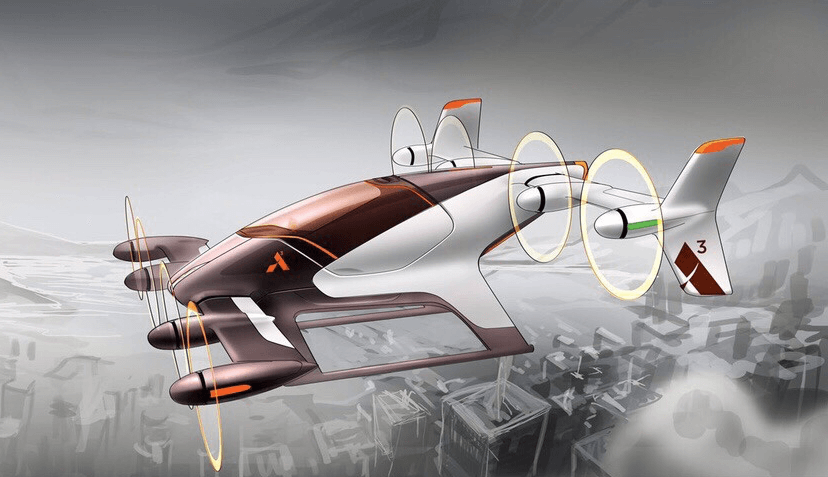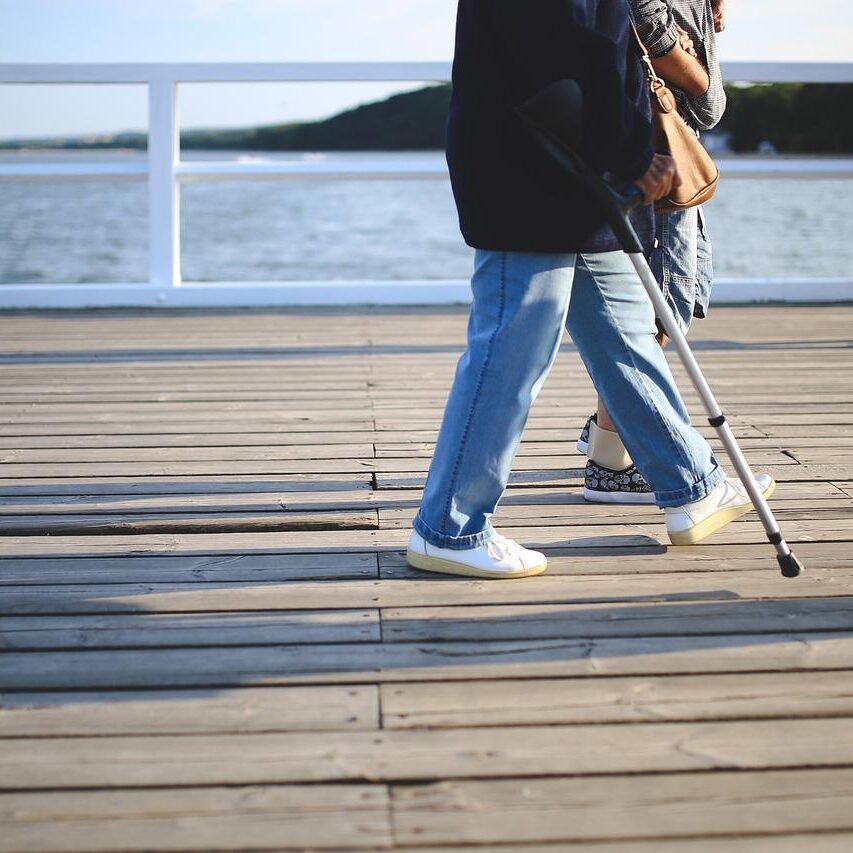January 18, 2018
The Airbus “Flying Car” Is Almost Ready for Its First Flight– But Is It Safe?

Airbus is a European aerospace company that’s pushing our transportation options into the future. Their Vahana project is a “flying car,” or electric, autonomous aircraft. You place your coordinates, order the taxi, and it flies to pick you up on the nearest rooftop and take you to your destination. The single passenger air taxi will help relieve the congestion of traffic on the ground. A³, the Silicon Valley subsidiary, launched this project in 2016, and they planned to test the air taxi at the end of 2017.
As we start to implement new technologies in our lives, there’s always the chance that something could go wrong. If that ever happens, you need a personal injury lawyer on your side. The Atlanta personal injury lawyers at Bey & Associates have proudly represented citizens of Georgia and protected their rights for years. We understand what it takes to achieve success and help you get the compensation you need.
What Safety Features Will the Vahana Project Air Taxi Have?
Anybody would have some reservations about the air taxi’s safety. There’s something a bit daunting about getting into a machine that you can’t control. You might worry about colliding with other objects in the air, the taxi is flying but experiences a mechanical failure, or how the taxi handles in unsafe conditions.
These issues aren’t lost on Airbus. They’ve designed their prototype air taxi with these concerns in mind. In a video that showcases what the air service would look like, it shows the air taxi with several safety features that work before, during, and after the flight.
- Air Traffic Coordination. Before takeoff, the air taxi analyzes its flight pattern and if it conflicts with any other aircraft’s set path. If it detects problem, it will adjust its course.
- Safety Checks. The air taxi automatically conducts safety checks. It sees if the temperature is safe to fly in, the battery is charged, and the motor has no problems.
- Takeoff Confirmation. After conducting safety checks, a Takeoff Confirmation screen appears. The person flying has to manually accept or reject the confirmation, so it doesn’t start flying without you confirming you’re ready to go.
- Environment Sensors. During the flight, environment sensors scan the area around the air taxi to make sure it’s clear of any obstacles. If it detects anything, such as a bird, the air taxi will adjust its course.
Airbus isn’t the only company building air taxis. Other manufacturers like Boeing and Kitty Hawk are developing their versions of air taxis, too. Uber teamed up with NASA to develop their aerial taxi service.
We still have to plan on using our cars, buses, and subways to navigate busy cities because this project won’t be on our rooftops tomorrow morning. There are still years left of development and testing to improve the technology. But pay close attention to the skies in 2020, because that’s when A³ plans to roll out this aerial taxi.



